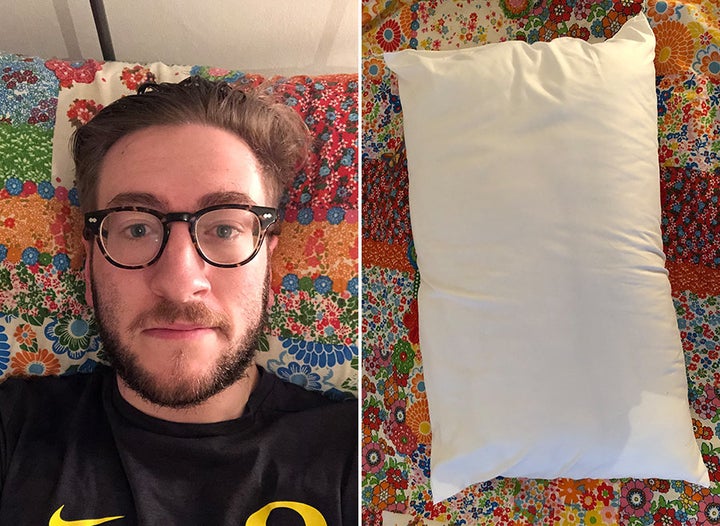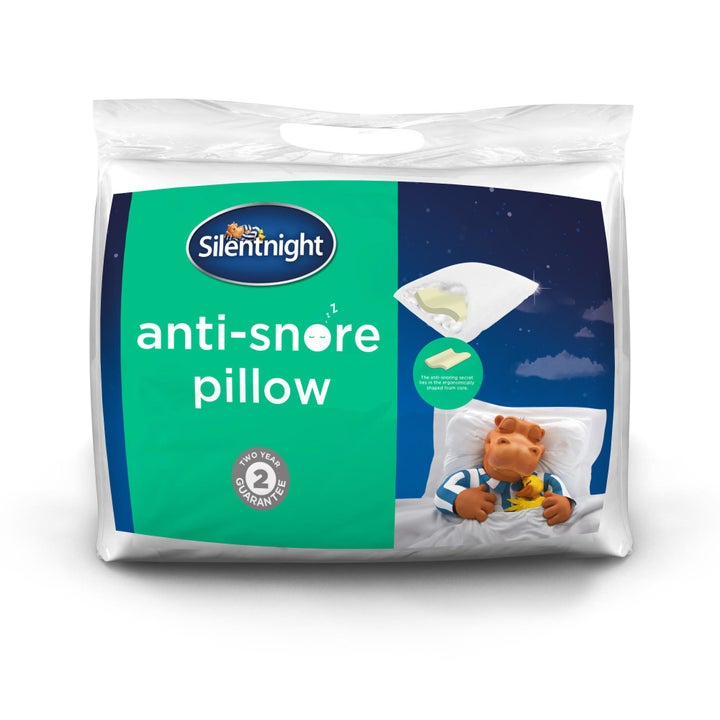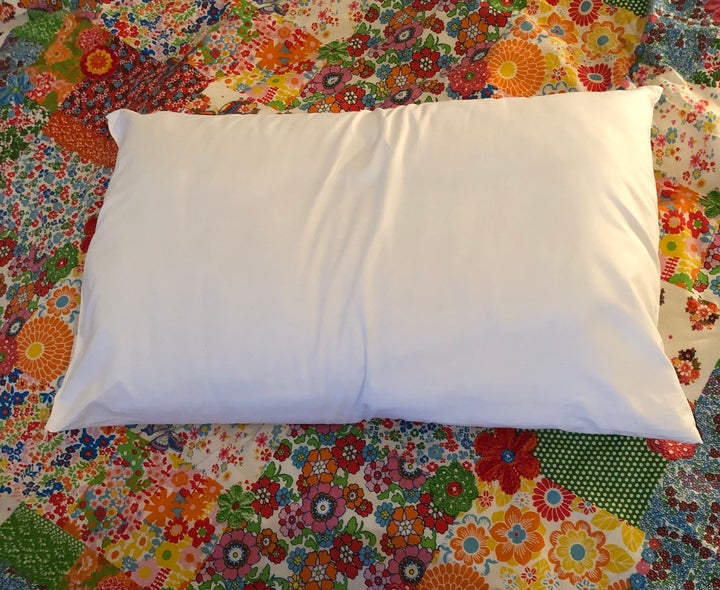
HuffPost may receive a share from purchases made via links on this page. Prices and availability subject to change.
I always knew I was a snorer. It’d been mentioned on long car trips by family growing up, and I assumed it got somewhat worse in my late teens after my step-sister inadvertently broke my nose in a back garden game of catch gone wrong (who’s to blame, we’ve never decided).
Thanks to my wife, however, it’s been made very clear that my snoring is lethal. As a stretched and exhausted primary school teacher, her sleep is vital not just for her but indeed for the future of our nation, and so we’re always scouting for ways to reduce my snoring (and guilt), and reduce her stress. I’ve tried nose strips, sleeping different ways, even in different rooms.

“Annoying, constant and a little bit like a plane taking off” is how my wife chose to describe my vice for this piece. “It’s very loud and doesn’t have a consistent pattern, which actually makes it even more annoying.”
How does it disrupt her sleep? We’re at the point where we regularly go to bed at different times so she can settle in before I ruin everything. I’m told when the snores get bad, she can’t block them out.
So could Silentnight’s anti-snoring pillow save our sleep?

The pillow is ergonomically designed with an s-shaped foam core to align your spine, neck and head to reduce snoring. As a side-sleeper, the frankly intimidatingly comfortable-looking hippo sleeping on the packaging had me worried this wouldn’t do the job, but Silentnight claims this suits both back sleepers and those of us who prefer a single side.
The pillow is also said to have been found to cut down on snoring by half, according to the British Snoring & Sleep Apnoea Association. So we were looking at coin flip odds that this pillow would finally allow my wife some proper sleep.
The first night of testing, I have to admit it took some getting used to. I found it discomforting at first to rest my head on this new, spongy pillow and it took half an hour or so of fidgeting to feel fully comfortable.
After that, we were flying. I woke the next morning fully rested with no fuzzy memories of being rolled around or grunted at. Same again the next night, as we adjusted to this new paradise. My wife’s review? “Definitely not snoring in the way you usually would, and you weren’t waking me up.”

Sweet dreams then? Not so fast.
To add a layer of intrigue, at the time I was training for the London Marathon. This, obviously, involved a lot of running – up to five times a week, in fact, with increasingly long distances on the weekends. And getting enough sleep to help recovery is an important part of the process, so I was keen to see how this pillow would help me out. After an exhaustingly long Sunday run, I found I couldn’t sleep through the night on my new pillow, after which I began to develop an anxiety around setting myself and the pillow just right.
To both me and my wife’s our dismay, this persisted. The following few nights, particularly after running when I needed a good night’s sleep the most, I can remember waking up multiple times a night to rejig my pillow, flip it around and turn it every which way to get myself aligned correctly with the foam. Meanwhile, I’m told my snoring returned – not to a jet engine degree, but “noticeable”.
Through a week’s trial, I was left unconvinced that this pillow was a cure to our problems. It was worsening my sleep most nights as I struggled to adapt, and the faff of ‘using’ the pillow correctly didn’t feel worth the effort. Maybe I am just one of the 50% for whom the pillow wouldn’t do the trick.
I did wonder, though, why my snoring had still been less loud over the week. To get to the bottom of things, it was back to my wife for her diagnosis.
She’d been wearing ear plugs.